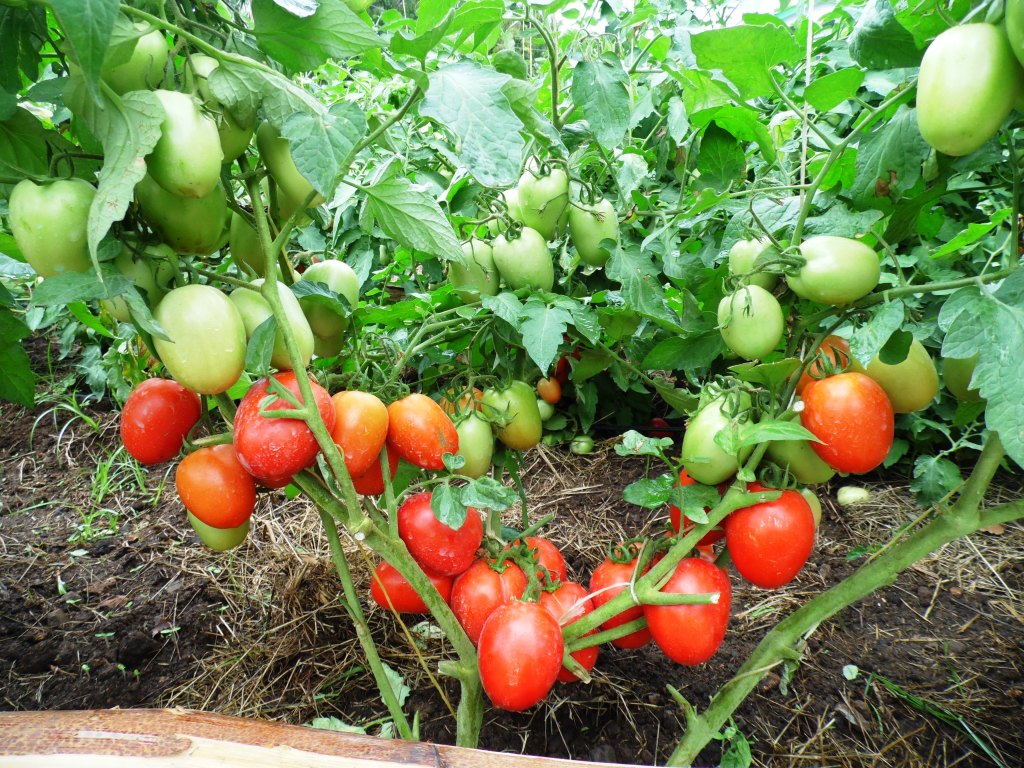Tomato fruits at the Mombasa ASK Show. Tomato prices are growing steadily around the country, with Eldoret paying Sh7,000 for a 64kg crate. Photo by Laban Robert.
Tomato prices in major towns are rising with Nairobi, Mombasa and Eldoret paying the highest prices for this commodity, which is one of the most popular agriculture produce.
While Nairobi is paying Sh90 per kilo as the wholesale price, the produce is sold at Sh102 and Sh110 for the same quantity at Mombasa and Eldoret respectively.
Eldoret is not only the most profitable market for the tomatoes, but also the town with the biggest difference with Meru where the fruit is sold at Sh50 – one of the cheapest prices in the country.
The high cost has been attributed to low supplies from major producing areas, and transportation costs for further markets, among other factors.
A crate of 64kg costs Sh3,500 in Loitokitok, which is one of the lowest prices in the country.
Loitokitok is in Kajiado County, a few kilometers to the Tanzanian border, where tomatoes and indeed other agriculture products are cultivated with the support of irrigation.
A spot check in Uthiru, Kangemi, Kayole and Ongata Rongai revealed that the retail prices have also risen by more than twice in most retail outlets for three month.
Tomatoes that were sold at three for Sh10 are going for Sh20 in most retail groceries.
Bigger sizes that were sold at Sh5 for each have risen to Sh10 each while the best quality is retailing at four fruits for Sh50.
“Even the lowest quality of tomatoes that we used to buy at Sh2 is no longer existent. Buying meat requires a similar budget for tomatoes alone, before going into other ingredients,” Ongata Rongai resident Linet Kerubo said.
READ ALSO: Tomato farmer lights lantern at night to trap more fruit flies
READ ALSO: Ripe tomatoes sold for 30 days
READ ALSO: New disease tolerant tomato can earn over Sh2million in 75 days
Unlike during the plenty seasons, the tomatoes are only confined to market places and groceries; there is no much hawking of the fruit in the residential areas with hand-pulled carts.
The cost of most commodities in the country has been on the rise for more than three months following the drought that lasted for more than five months since October 2016, with other parts yet to receive rain.
